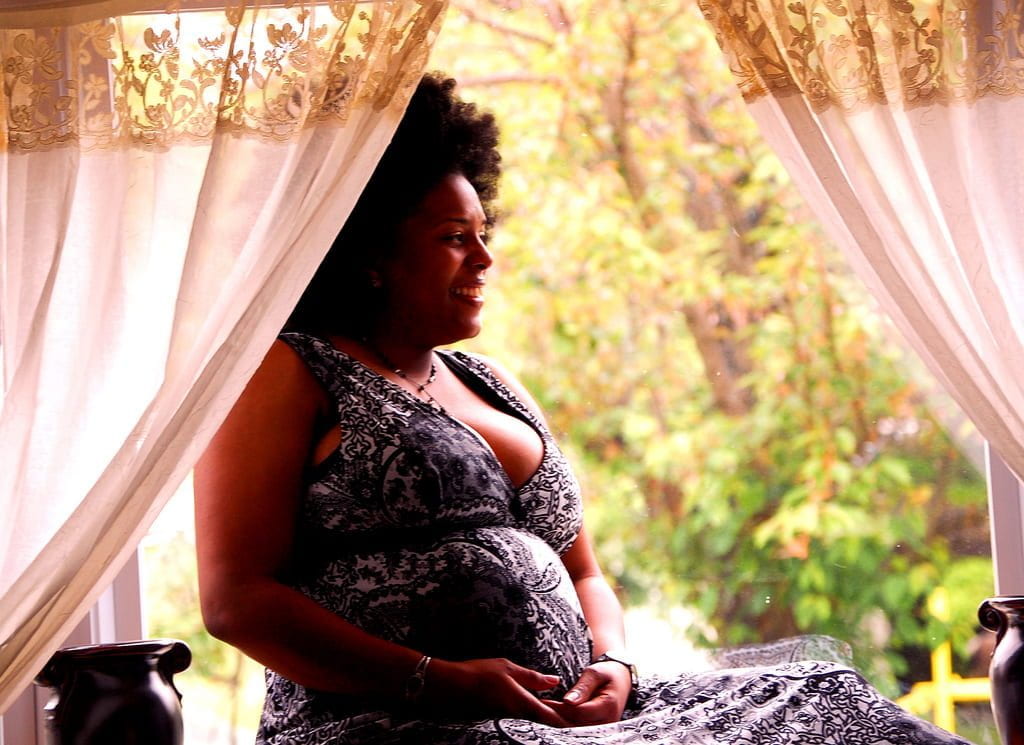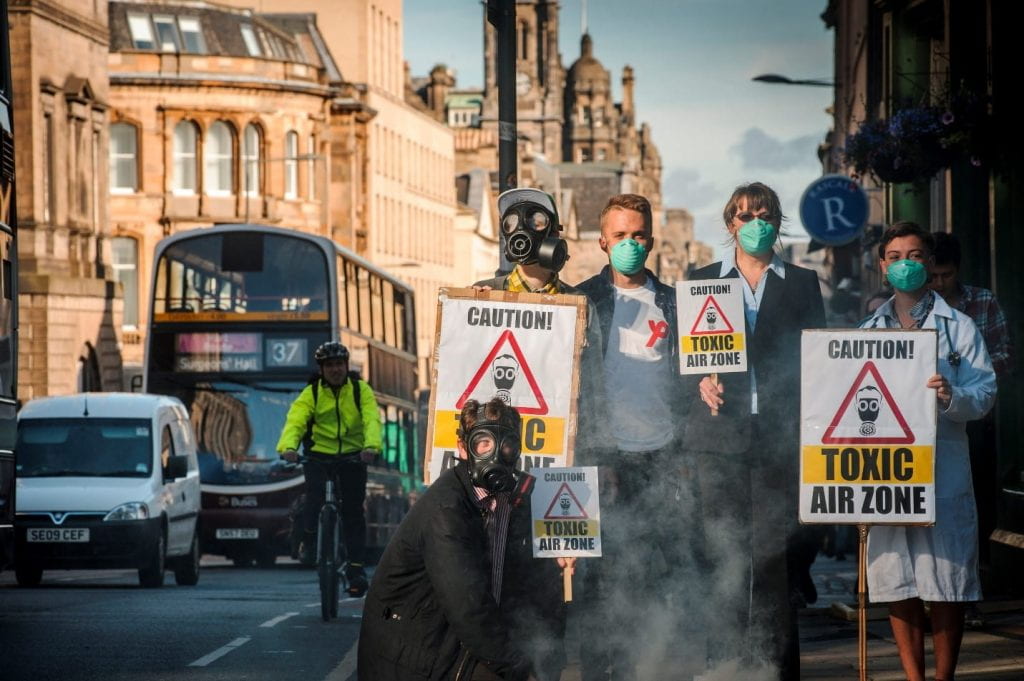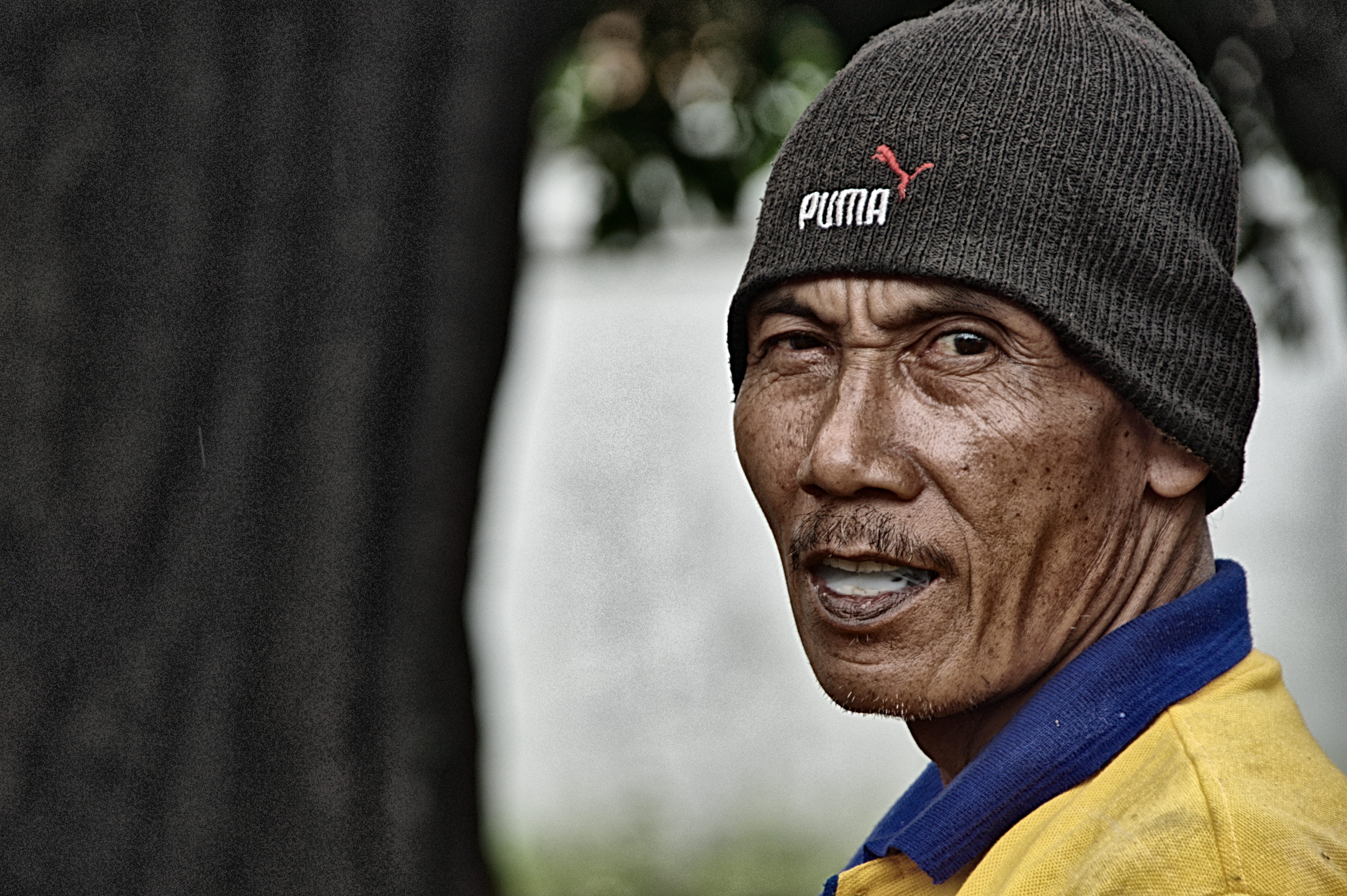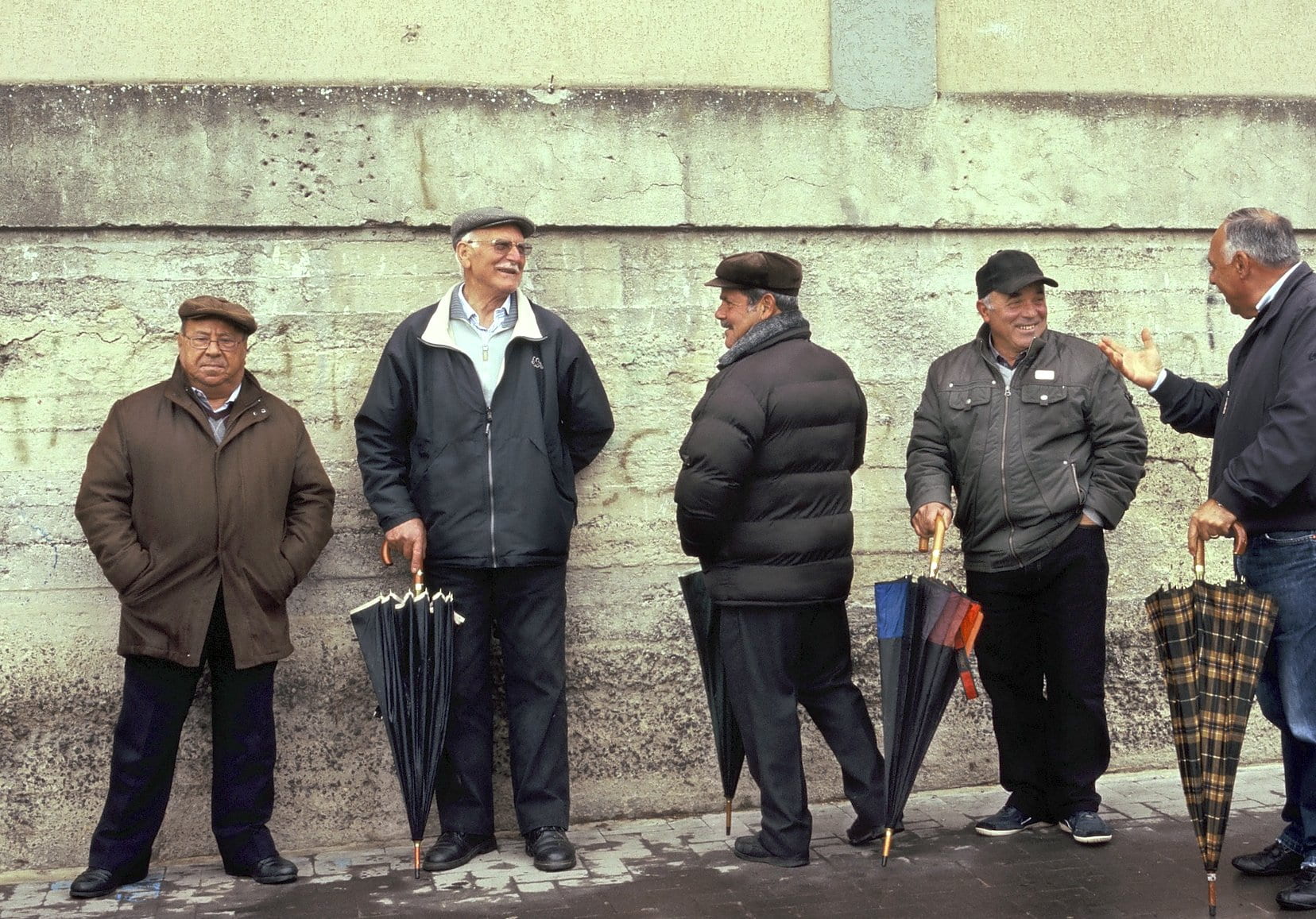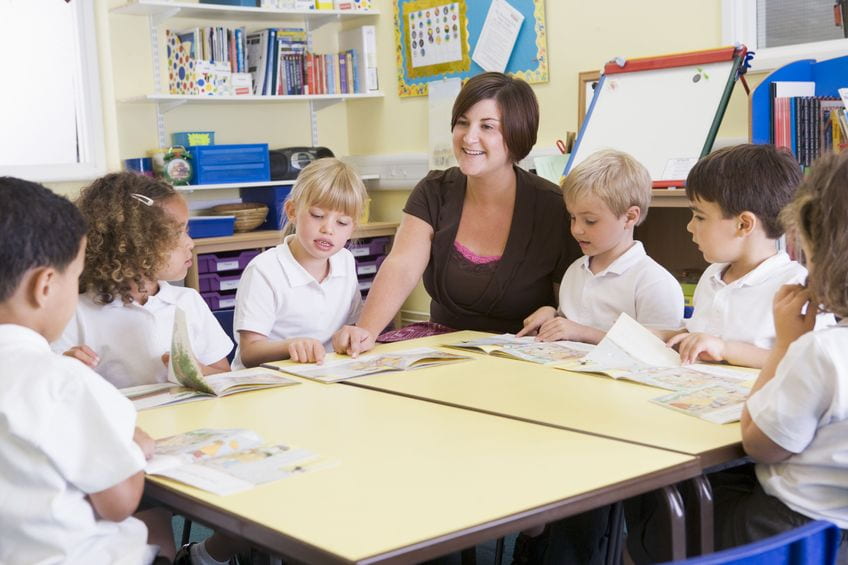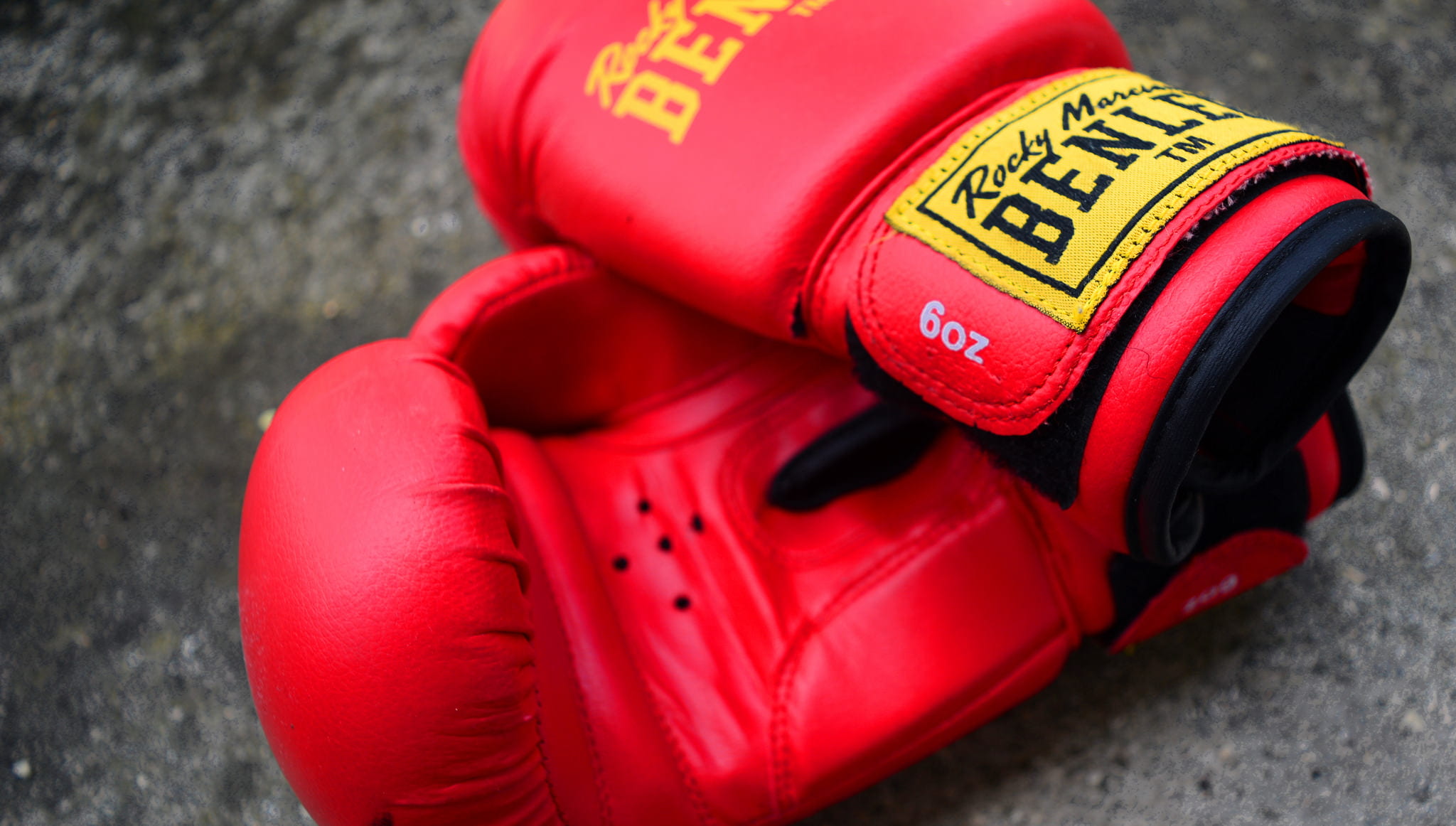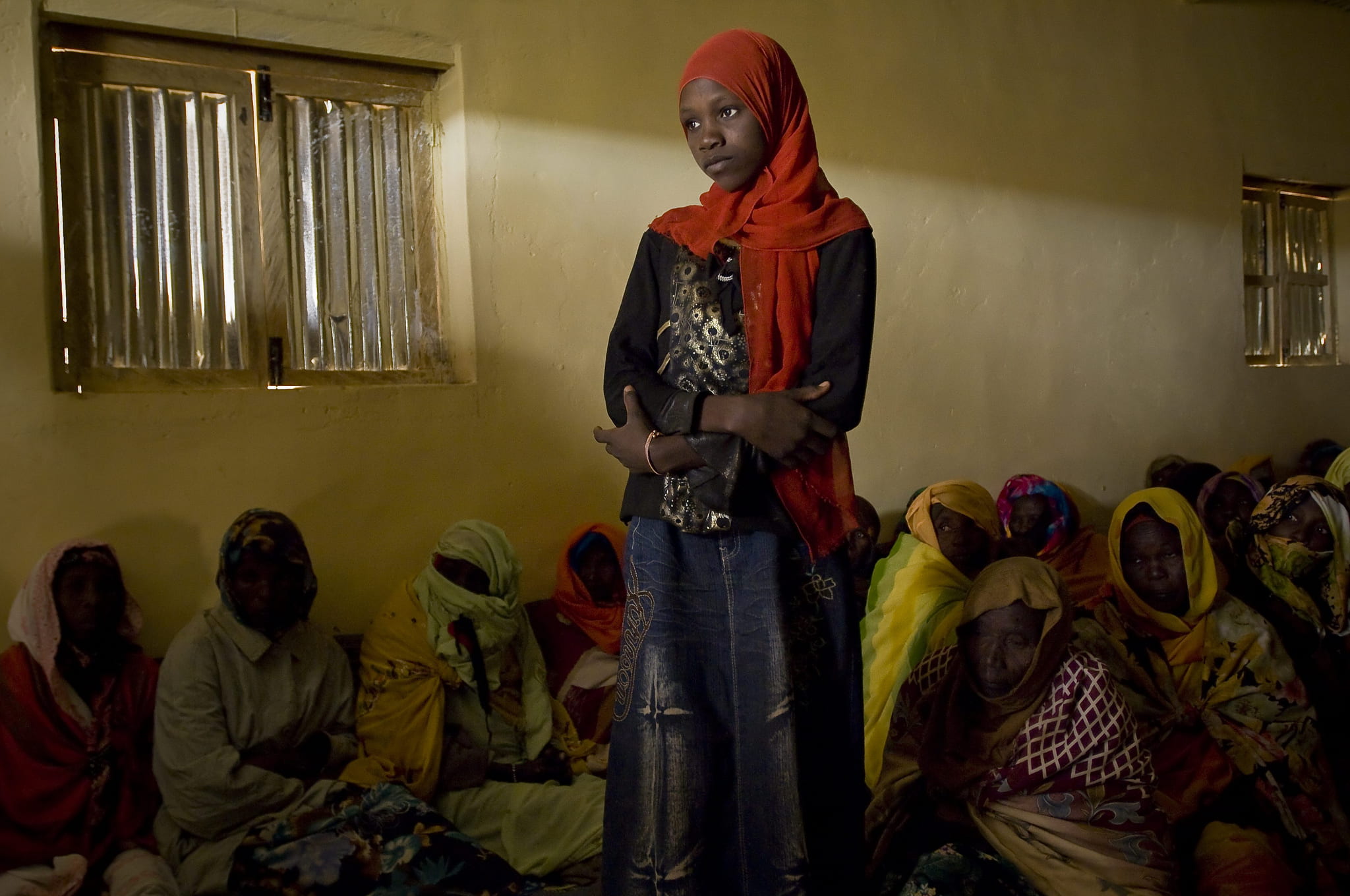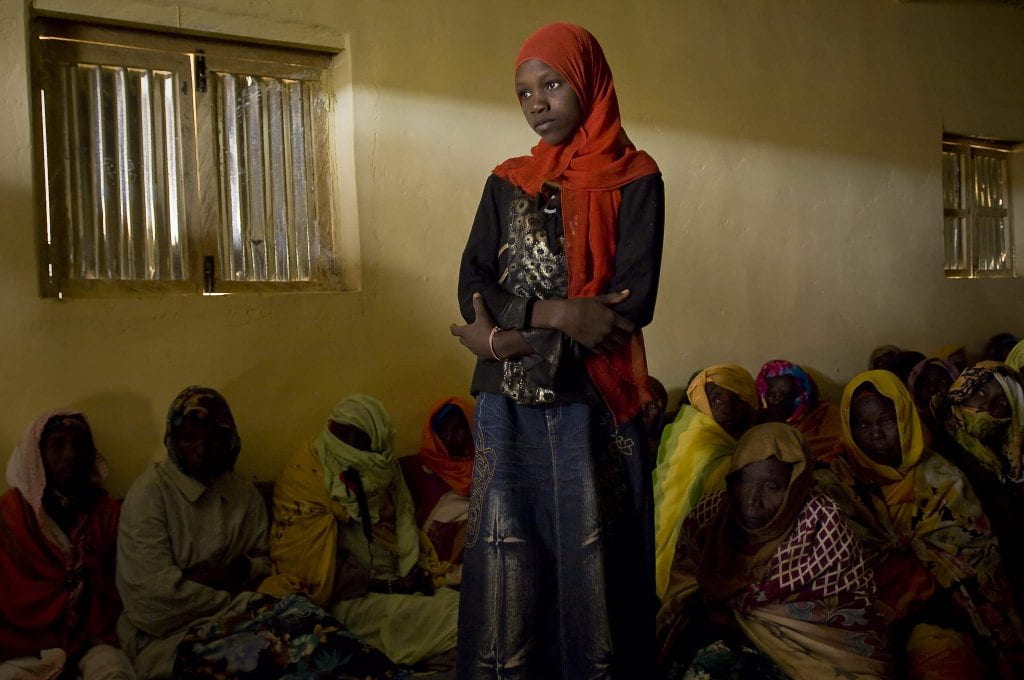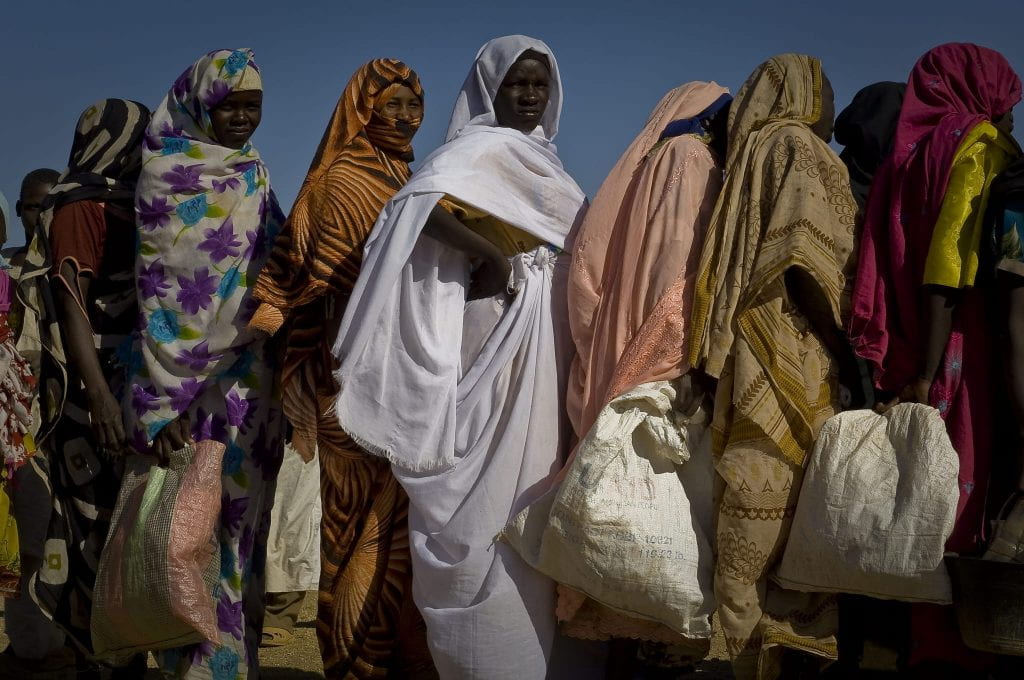Tennessee, Tennessee, Ain’t No Place I’d Rather Be
I grew up in rural Northeastern Tennessee, situated 30 minutes from both the Virginia and North Carolina state borders. In my hometown of Kingsport, itself a part of the Tri-Cities, I inherited many traditional Southern cultural mannerisms and beliefs as a growing kid. True to form, I can whip up banana pudding and biscuits and gravy, I sometimes use the word “ain’t”, and I will always hold the door open for others. Southern culture can be a simple one; try sitting on your front porch for the entire weekend – something we in Tennessee consider high entertainment. Tennessee made me a fan of great music (I’m an avid Bonnaroovian), a taste for delicious foods (ever tried Pal’s Sudden Service?), and a reverence of nature. My family, tried-and-true Southern kinsfolk, embody many Southern ideals. Most of these traditions, such as saying, “yes ma’am” and “no sir” are benign. These mannerisms just are – part of the charm of hailing from the South. Tradition is quintessentially Southern.

Part of a traditional Southern rearing is a respect for and knowledge of firearms. Almost all members of my extended family know how to operate these weapons using proper gun safety measures. I recall many afternoons as a child refining my marksmanship. This often involved setting up targets (nothing fancy, soda cans would do) across long pastures in the various farms my family owns. All the cousins and our parents would gather ‘round, grilling ribs, searing vegetables, and baking buttery breads. We swam in muddy ponds and hightailed across our properties in four-wheelers. All the while, the children, teenagers, and adults would take turns practice shooting a variety of revolvers, magnums, bolt-action rifles, and muzzleloaders.
This is a Sherwood tradition- we all know how to responsibly fire a weapon.
In my family, gun ownership is a serious endeavor. I vividly remember my uncle and my dad explaining to my sister and me that guns can and do often kill other human beings. To own and operate a gun is to have access to an awesome power, and we only used this power under the strict supervision of properly-trained adults. Firing a gun required two things: every person on the property was safely accounted for and our parents knew beyond the shadow of a doubt that we were mature enough to grapple with the destructive power in our still-growing hands. Today, I am thankful for being desensitized to firearms. I can watch someone shooting a gun and know if they have good or poor form, how to properly handle the weapon, and have the maturity to wield it. Most of the Sherwoods have taken at least one, if not several, Tennessee Hunter’s Safety Courses. This too was crucial to our firearm education. Additionally, many of us have Conceal & Carry permits. This is not to say the Sherwood clan only buys guns just to keep them; we have several avid hunters in our ranks. For us, hunting is a sacred tradition with specific rules we abide by. I was taught never to overhunt in an area – disrupting animal populations would wreck local ecosystems. Thankfully for us, East Tennessee has an overpopulation of deer, meaning local hunters can bag and tag a regulated amount of these animals without destroying the Tennessee natural ecology. In fact, by hunting excess deer, wild apex predators are kept in check and the vegetation deer overconsume is conserved. Descending from a long line of Cherokee Native Americans, instilled in every Sherwood is an understanding that we, like our ancestors, have a responsibility to care for the land around us. Hunting is part of that responsibility.
A Portrait of the Responsible Gun Owner
With this upbringing in mind, when acts of mass gun violence rip through the social fabric of America, I am thrust into a dissonant space. How do I reconcile my upbringing of responsible gun ownership with the dire need to regulate these weapons – for the safety of all Americans? Parsing through these issues, the Institute for Human Rights is currently running a series on gun control in response to the horrific massacres of school-children throughout the United States. It is my intention to show that responsible gun owners do exist, and they too must be a part of this conversation. Moving towards reconciliation of these two issues, public safety and private liberty, I have these questions:
- What is responsible gun ownership?
- Is it a regulatory process that educates the general population on gun safety protocols or an ethos of responsibility? Is it both?
- Does gun control involve federal law, perhaps barring ownership from individuals with moderate to severe psychopathologies, histories of criminality, or a lack of maturity to handle weapons?
- Is gun control a responsibility to protect the gun owner from his or her own mistakes in handling the weapon, or is gun control a responsibility to protect society at large from individuals with the sole intent to do as much damage in the least amount of time?
- How do we reconcile the responsibility to protect the most defenseless members of society with the responsibility to protect freedom of thought and behavior?
- What institutions bar authentic and transformative debates from occurring in the American public sphere and within global civil society at large?
What is undeniable is this: no productive and sustainable progress in gun control will take place without the inclusion of responsible gun owners within the conversation. And all gun owners must accept that governmental limitations on gun ownership is not an existential threat to one’s personal liberty. This limitation is a recognition that an individual’s participation in society requires a widening of responsibility to protect not only one’s immediate family and friends but also the protection of all members in a society. What we are facing here is a tension between individual liberty and the need for a cosmopolitan protection of all members within a society. To resolve this tension, we must first acknowledge that a solution is indeed possible, and that we already have the necessary tools to move towards successful resolution.
Towards this end, we must first define an oft-nebulous construct: responsible gun ownership. I propose a “responsible gun owner” possesses the following qualities:
- a working knowledge of local, regional, and national laws that dictate the possession and usage of any and all types of firearms,
- a vetting by official state authorities (such as the local police and / or military personnel) on said knowledge of gun possession and usage,
- is of sound mental health (yes, this advocates for universal mental health background checks upon purchase of any firearm),
- constant usage of a locked gun safe that prevents children and other unqualified persons from accessing firearms,
- has undergone a rigorous criminal background check, with a waiting period before firearms can be purchased, requiring an utter absence of violent and harassment-based crimes, such as stalking and intimate partner violence,
- an acceptance that gun ownership will always be a contested issue that must be resolved through constant dialogue between all invested parties with concessions on all sides,
- a commitment to solution-focused resolution rather than a problem-focused resistance to negotiating gun ownership.
This last point is especially salient. Any meaningful conversation on gun control must arise from a negotiation between second amendment advocates and gun control advocates.
Too often (on both sides of the spectrum) the prevailing narrative of this discourse is a blanket denial of the rights, responsibilities, and needs of all involved parties.
Specific institutions promote this denial and antagonism, thereby promoting a particularly insidious form of structural violence and resistance to civil dialogue. I speak specifically of the National Rifle Association.

The National Rifle Association’s Culpability
In the aftermath of the massacre at Marjory Stoneman Douglas High School, the National Rifle Association (NRA) participated in a town hall on gun policy in America. In attendance were survivors from the high school, Senator Marco Rubio, local politicians, and the NRA’s spokeswoman, Dana Loesch. Ms. Loesch, a one-time contributor for Breitbart News and Glenn Beck’s The Blaze, relied heavily on her familiar stumping strategy: invoking the maternal instinct as an emotional appeal to advocate for gun ownership. She and other members of the NRA assert a broad dissemination of guns throughout American society (their opinion of who deserves such weaponry is inconsistent, to say the least) is one of the most promising methods to protect children and other marginalized groups in America from the “people who are crazy” who possess guns. Essentially, the NRA argues more guns in society increase the chances that “good guys with guns” will deter or kill the “bad guys with guns”. This is, of course, tautological.
Flooding the market with guns would increase the likelihood that these “crazy” people get ahold of a firearm. After all, the NRA has made no serious attempt to advocate for mental health reform in response to calls for tightened gun control. The ‘mental health’ argument has long been a smokescreen of the NRA, a method of distraction to bait the normally health-promoting left a fight on mental health care reform. This bait-and-switch technique is a political gambit used by an inherently political institution, and it does a disservice to responsible gun owners throughout the United States.
Furthermore, it duplicitously reduces individuals with mental health issues to be political pawns; this reduction is utterly dehumanizing and offers no solution to the massive structural issues facing access to mental health care in America.
These theatrics add to the antagonism on both sides of the issue. Of course, a critical question remains regarding why such controversy exists: who stands to benefit from these bitter feuds? The answer is overwhelmingly politicians.
Millions of dollars of contributions from the NRA have fundamentally altered how politicians are able to fundraise, which politicians receive adequate funding to mount serious campaigns, and (this is most concerning) when or if a given politician will advocate for common-sense, widely-supported gun control policies in the face of unspeakable tragedy. This puppeteering is, by its very nature, anti-democratic and antithetical of American ideals. This ability to openly buy politicians, including Presidents of the United States, is an existential threat to American democracy. Add in the suspected ties to Russia and the political jockeying on display during CNN’s Town Hall, and you have a political institution that effectively and openly operates as a site of political nepotism and deception. Topping it all, the National Rifle Association has been linked to white supremacy ideology and it’s spokeswoman, Ms. Loesch, accused of encouraging violence as an acceptable form of response for critiquing the NRA. This dimension of intentional structural violence transforms the NRA from an institution not only engaging in political bribery, but also one that reflects tendencies of homegrown terrorism.
In my opinion and personal experience as a responsibly-trained gun user, the National Rifle Association functions a terrorist organization stoking fear and tribalism, thereby driving responsible gun owners away from the debate table on this issue.
Support for the NRA is a moral failure to denounce election-buying, white nationalism, and foreign meddling in the American political system. This support is an abject failure to protect American society from treacherous forces undermining a functional society, and this failure is far beneath the maturity and discipline typically shouldered by responsible gun owners throughout their mastery of weapons capable of both indiscriminately murdering and responsibly nourishing.
Conclusion
As I have stated, responsible gun owners do exist. These individuals see the inherent danger and power in firearms and acknowledge that controlling this power requires specialized education, careful observation, and highly specific locations where guns may be appropriately used. Responsible gun owners must hold other gun owners responsible, whether leading by example or calling out inappropriate practices as they occur. This responsibility extends not only to other gun owners, but to the American public as well. The conversation on gun control requires an intentional suspension of disbelief from both camps in order to find a middle ground in the issue.
I assert responsible gun owners have the moral responsibility to inclusively and adroitly address the legitimate calls for disarmament in the face of such abject horrors and losses exemplified by the recent school shootings throughout America. Without genuine participation in this exchange, gun owners lose the opportunity to educate the public on successful encounters between liberty and responsibility, and they may well lose their firearms as a result. An unwillingness to come to the discussion table with open ears and clear heads will result in the marginalization of responsible gun owners unless they are willing to make strident concessions in the ongoing debate of gun control. Similarly, gun control advocates must accept that responsible gun owners do exist, and these individuals have a constitutional right to bear arms.
The only way the mayhem will stop, the only way lives can be saved, is if both sides accept the only way towards a meaningful and equitable solution for all involved parties will require an intentional partnership to confront and transform the meaningless violence that currently terrorizes the safety of many Americans – most notably schoolchildren.
The first step in this partnership must be a resounding denunciation and deconstruction of the practices and ideologies of the National Rifle Association. You are not a responsible gun owner if you support the NRA in its current form. Only once the NRA has been disbanded, its latent ideology of political radicalism reconciled, can authentic encounters between gun control advocates and responsible gun owners reshape the horrifying trends of gun violence currently annihilating the safety and wellbeing of schoolchildren and marginalized groups throughout the Unites States.

